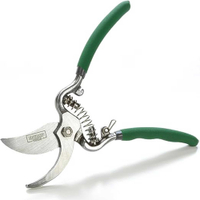When to cut back daisies – for healthy plants and plenty of flowers
There are three times of year to cut back shasta daisies – and all are worthwhile, for different reasons
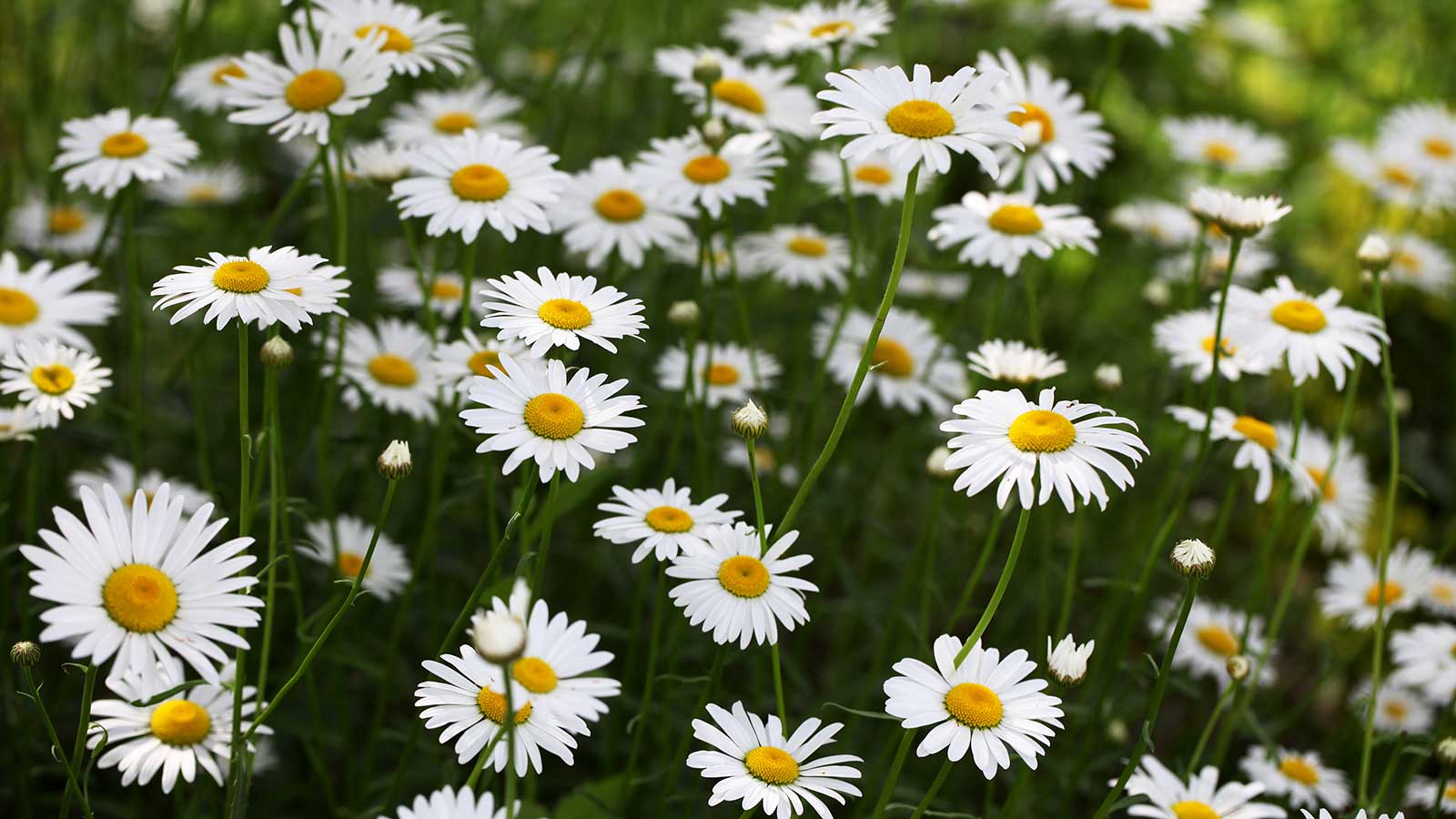

Q: I have planted lots of shasta daisies to attract pollinators to my backyard. They have flowered beautifully over summer – but now that fall is on the horizon, is it time to cut them back?
A: Shasta daisies are pretty perennials that don't demand much attention. They do, however, benefit from a hard prune in the fall, once frosts have damaged the leaves and blooms. But there are other times of year that you can give shasta daisies a trim, too: in the spring, and over summer. This guide explains all three.
Pruning shasta daisies in the fall
Many perennials, such as coneflowers and buddleia, can be cut back in the fall once flowering has finished – and shasta daisies are among them. Pruning the plants at this time not only neatens up your garden, but removing the old, withered foliage and flowers also makes it easier for new growth to push through in the spring. What's more, cutting back and clearing away dead leaves discourages the risk of disease and pests to overwinter and spread.
Wait until the first frosts have hit. Then, all you need to do is take a pair of clean and sharp pruners and cut the plants right back to a couple of inches above soil level. If you're expecting a cold winter, you can then cover the area with mulch to protect the roots.
Alternatively – or if you forget – you can cut them back once winter has finished. 'If you leave them until spring, the seed heads can provide food for birds over the winter,' highlights Tony O'Neill. 'Do it before new growth starts,' he adds.
Edward Tools Classic Cut Bypass Pruners | $7.95 from Amazon
Awarded 'Amazon's Choice', these steel pruners are a useful addition to any gardener's toolkit. Plus, they're a great price.

Tony O'Neill is an accomplished gardening expert, author, and educator. With a passion for simplifying gardening practices, he has inspired a wide audience through his popular YouTube channel and website SimplifyGardening.com. Tony's expertise empowers individuals to cultivate thriving gardens and connect with nature.
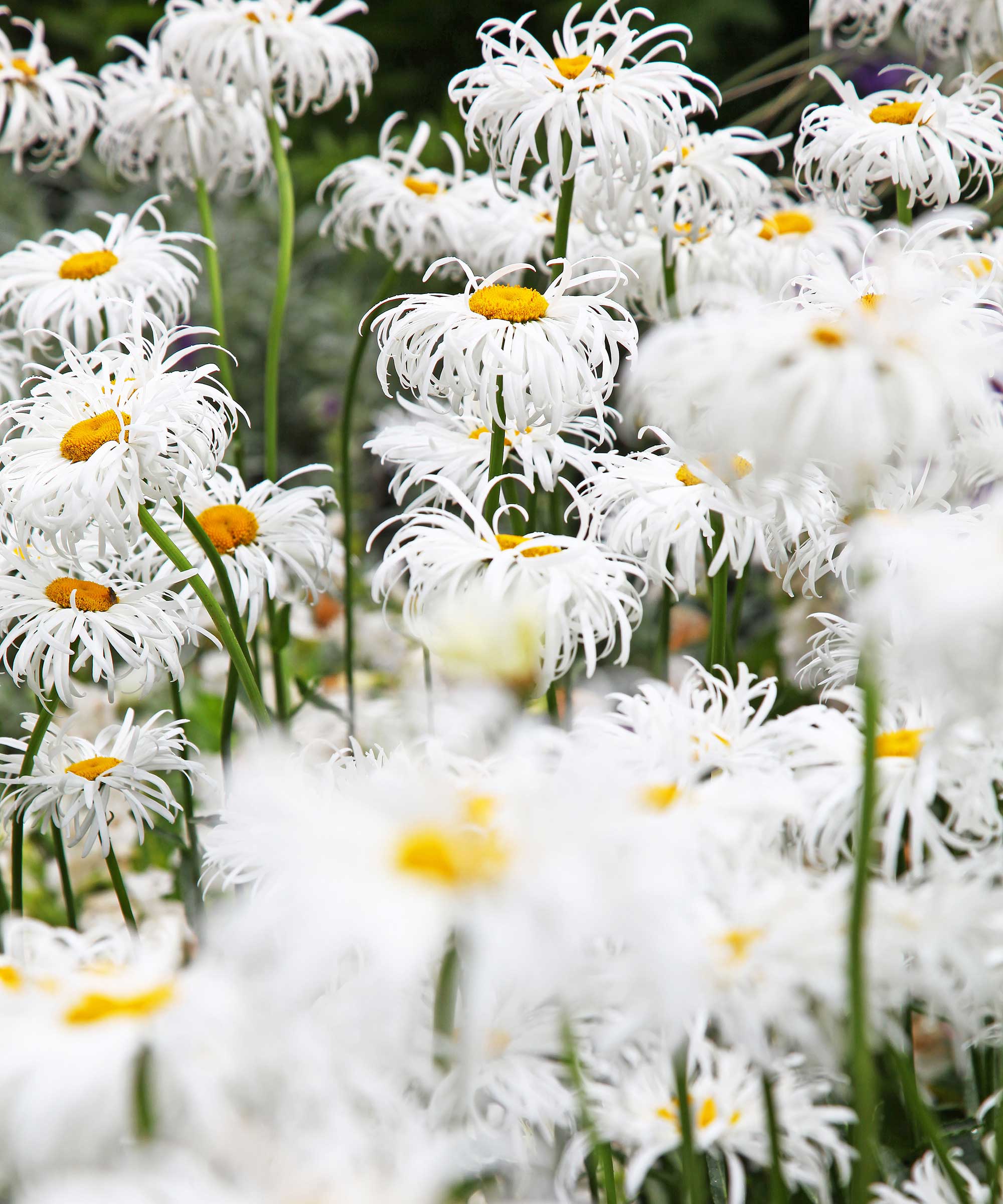
Shasta daisies are an easy-care, drought-tolerant plant
Pruning shasta daisies in the spring
In spring, shasta daisies will put on new growth. And in May or June, you can give them what's known as the 'Chelsea chop'.
This is the practice of cutting back roughly a third of the plant, just above a set of healthy leaves, to encourage a more compact, bushy growth habit and more flowers. If you have more than one plant, you can cut them back at slightly different times to stagger their blooming period.
'Make sure you water your plants thoroughly after cutting, especially during warmer weather days,' advises Anna Ohler, the owner of Bright Lane Gardens nursery.
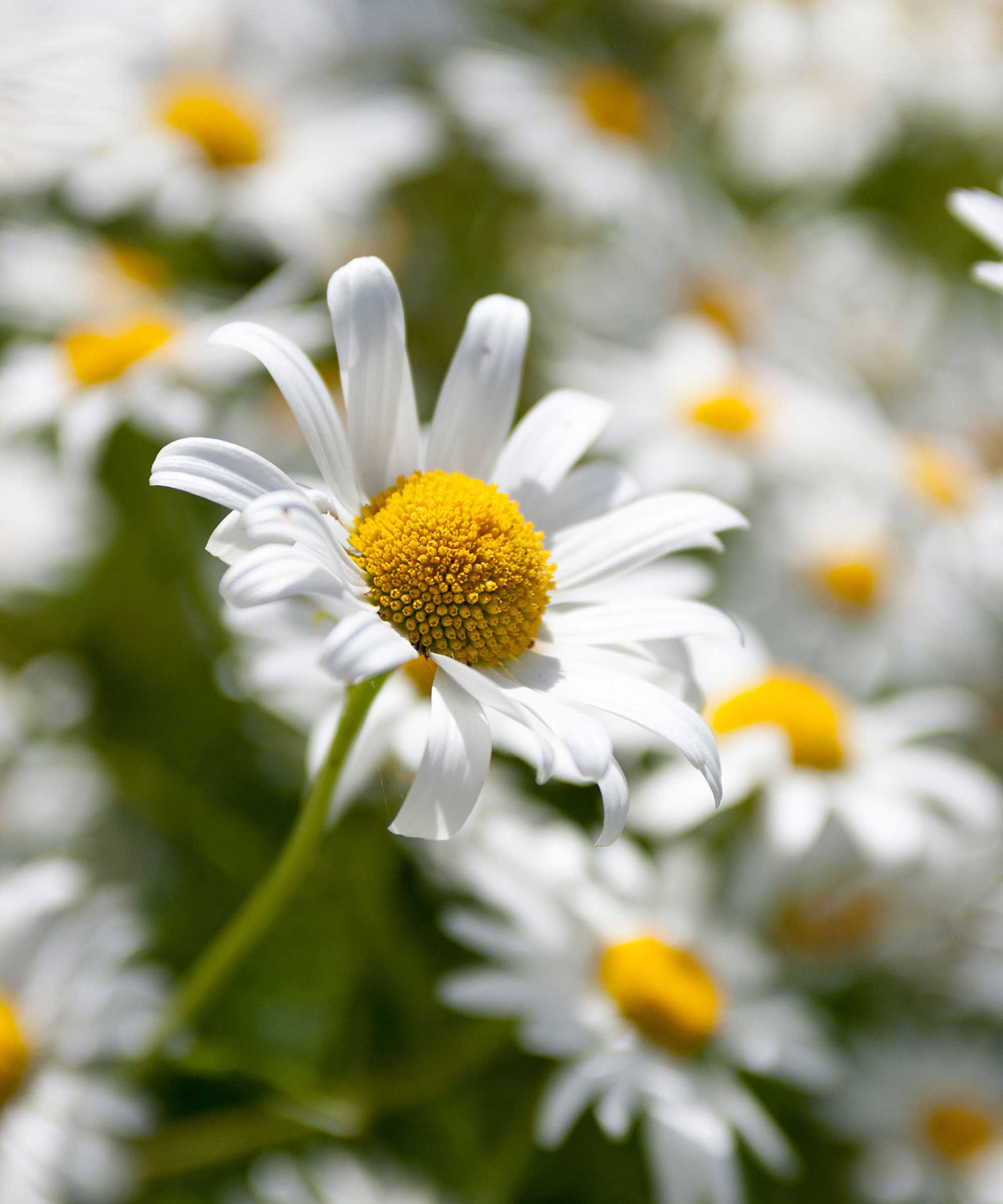
These flowers are well-loved by pollinators
Pruning shasta daisies in the summer
The only pruning you need to do in summer is deadheading. Removing the spent flowers throughout the blooming season is essential to encourage more blooms and extend the flowering period, says Tony.
Check plants regularly for faded flowers and cut them off as soon as you spot them. Just remember to leave a few if you want to collect the seeds once they've ripened – not doing so is a common deadheading mistake.
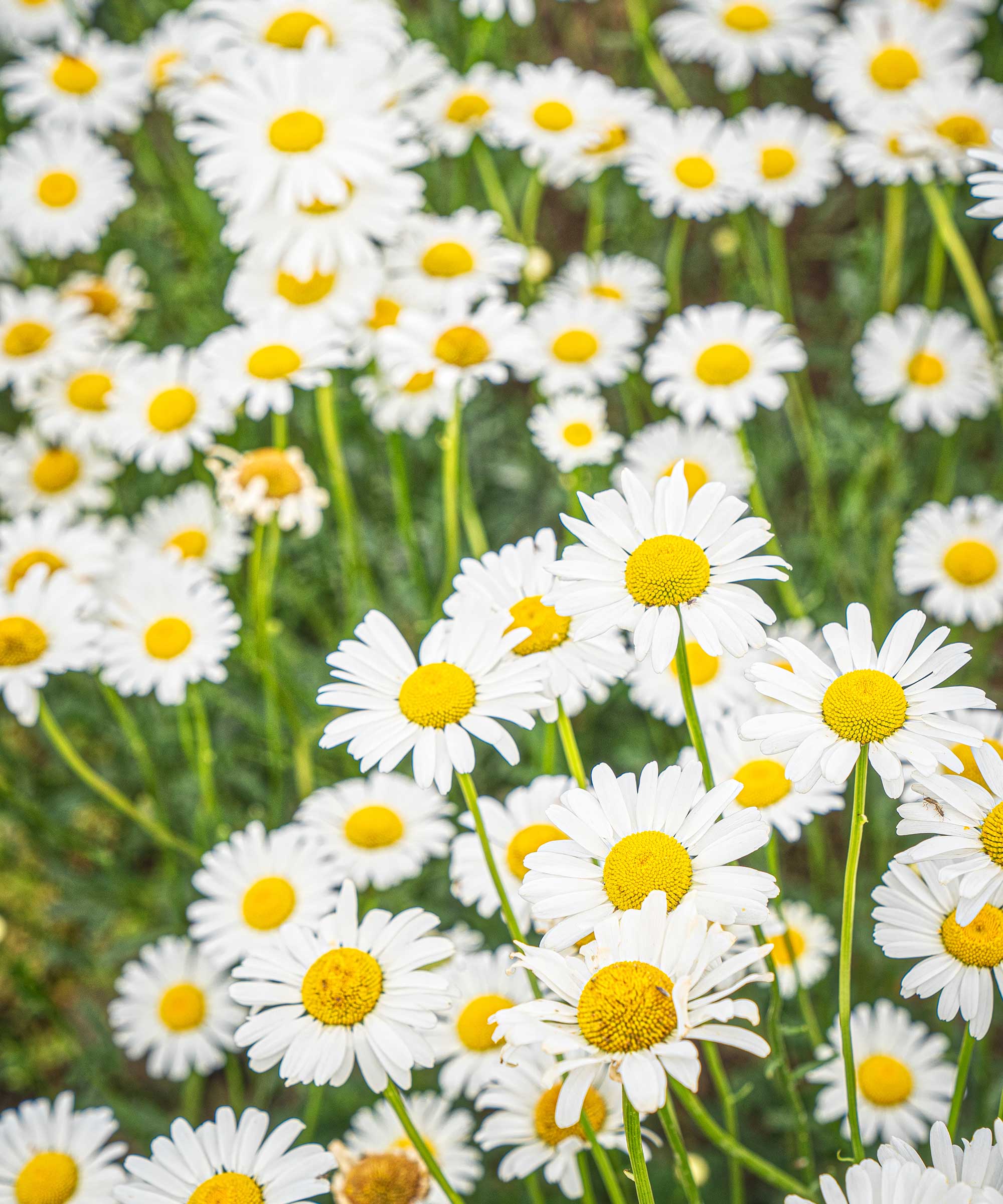
Snip off faded flowers to encourage more to form
As well as pruning shasta daisies, it's also advised to divide the plants to prevent congestion and encourage healthy growth. Carry out this job once every three or so years in the fall, once you've cut them back. You'll be rewarded with healthy 'new' plants and more flower power for your garden.
Sign up to the Homes & Gardens newsletter
Design expertise in your inbox – from inspiring decorating ideas and beautiful celebrity homes to practical gardening advice and shopping round-ups.

Holly started writing about gardening five years ago, and she is a regular contributor to Homes & Gardens. She has also written many gardening features for Woman & Home and Real Homes, too. She has previous experience as a professional gardener, where she helped to plant and maintain private gardens. Holly has also looked after allotment plots over the years and loves to grow her own flowers and veggies from seed. In her spare time, she enjoys visiting local gardens, botanical drawing, and tending to her ever-growing collection of houseplants.
-
 How to grow crepe myrtle in pots – and transform even the smallest of yards with dazzling flowers this summer
How to grow crepe myrtle in pots – and transform even the smallest of yards with dazzling flowers this summerGrowing crepe myrtles in pots will inject splashes of brilliant color into your outside space
By Thomas Rutter Published
-
 I've spent over 200 hours testing vacuums and swear by my two Dysons – this is how I properly clean a Dyson vacuum filter for longer-lasting appliances
I've spent over 200 hours testing vacuums and swear by my two Dysons – this is how I properly clean a Dyson vacuum filter for longer-lasting appliancesYour Dyson vacuum will last much longer and clean at its best
By Dan Fauzi Published
